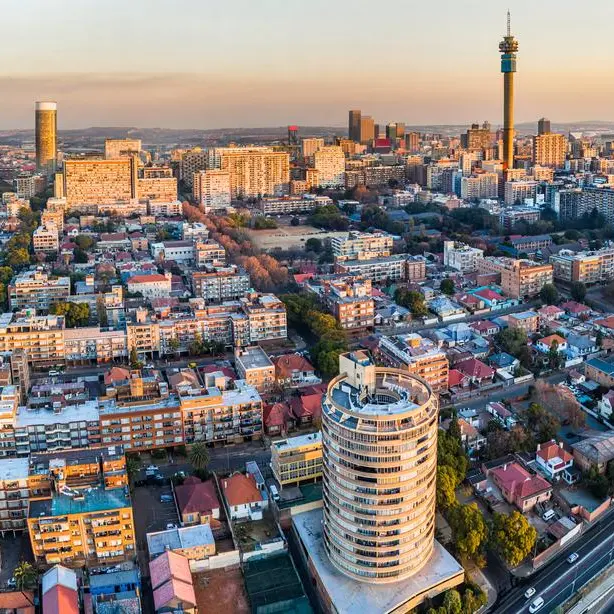PHOTO
Geopolitical tensions in the Middle East, including US airstrikes on Iranian nuclear sites and the country’s retaliation, have done little to rattle the US leveraged loan market, where prices remain stable.
Both bankers and investors appear to be shrugging off the latest headlines, a sign of growing resilience in the market. With no direct threat to US corporates and Iran's response seen as relatively restrained, secondary loan prices have barely budged.
The average bid for the overall US leveraged loan market stood at 97.34 on June 25, nearly flat compared to 97.18 on June 16, while the LPC 100, a cohort of the largest, most liquid loans, was at 98.06 on June 25, from 97.9 on June 16.
Leveraged loan market participants are more focused on dealflow and market technicals than on hard-to-quantify geopolitical risk, according to a market analyst.
“The market is looking through these geopolitical events, mainly because it’s so difficult to price this risk in,” the analyst said. “In a perfect world you could say there’s a 5% chance of World War III and a 95% chance it is resolved and move accordingly, but that’s not really how things work. Investors are instead going to invest based on the outcome they believe is going to come true, and then it comes down to the impacts on individual balance sheets.”
While earlier flare-ups between Israel and Iran rattled markets, recent events have so far been viewed as contained.
“The loan market has been very stable. Iran’s response … is better than other possible responses such as mining the Strait of Hormuz,” a portfolio manager said.
Planting mines in the Strait of Hormuz could send oil prices soaring, as millions of barrels of oil and petroleum products travel through the shipping passage each day, according to analysis from the US Energy Information Administration.
Though the broader market has held firm, movement has varied across credit tiers. Loans in the top 60th–80th percentile of price remain, for the most part, unchanged in the secondary, while loans in the bottom 20th percentile are down roughly 10% week over week, according to the analyst.
Defence boost
Defence-related sectors are seeing modest upside. Borrowers in aerospace, defence and leasing are trading at an average bid of 99.875–100.375, up from 99.75–100.25 a week ago.
“For the loan market, we just don’t have a lot of the names that are directly affected, like big defence contractors,” the analyst said.
While the defence sector has benefited from questions over Iran, energy names haven’t been as lucky. “It seems like the market really wants to grind tighter with new issues generally oversubscribed and trading well,” a second portfolio manager said. “Energy is the outlier, with high beta energy [companies] trading down one to two points.”
Energy names have been under pressure, however a ceasefire between Iran and Israel, announced Tuesday, has helped settle the sector.
The calm in the market contrasts sharply with its earlier reactions to geopolitical shocks. Following the April 2 announcement of sweeping tariffs by president Donald Trump, the broadly syndicated loan market froze for weeks. No new deals launched, and several were delayed amid uncertainty, as lenders and borrowers assessed the impact.
The average bid sank to 95.84 on April 9 from a high of 98.22 on January 24, per LPC data. Since then, sentiment has rebounded. As of June 20, US$109.9bn in institutional loan volume has priced this quarter after little to no activity in April.
“If we got into a long, protracted conflict, that would have some impact, probably, on the economy, both good and bad … I was expecting that there’d probably be some pricing adjustment just given more uncertainty in the world. And then, as you saw yesterday, the public markets literally had no reaction,” a direct lender said.
Still active
Issuance remains strong. At least 16 new broadly syndicated deals had launched during the week beginning June 23. Many are opportunistic in nature, with even previously shelved transactions returning.
On Monday, ITG Communications relaunched a first-lien term loan to fund a shareholder distribution that was postponed amid April’s volatility. Terms on the US$540m term loan were largely unchanged from the shelved US$525m loan -- the new loan is guided at 475bp over SOFR with a 0% floor and 98 OID, in line with prior guidance of 450bp–475bp over SOFR on the postponed loan.
As primary market activity holds strong amid global uncertainty, borrowers and investors are focusing on the potential for rate cuts later this year.
Comments by Jerome Powell, chairman of the Federal Reserve, on Tuesday to the US House Committee on Financial Services “were fairly dovish”, the second portfolio manager said, noting a September cut is more likely than a cut in July. But the move could be a boon for businesses.
“A rate cut could bolster deal activity by reducing the cost of borrowing and help issuers who are potentially overlevered with their interest burden,” the second portfolio manager said.
Source: IFR





















